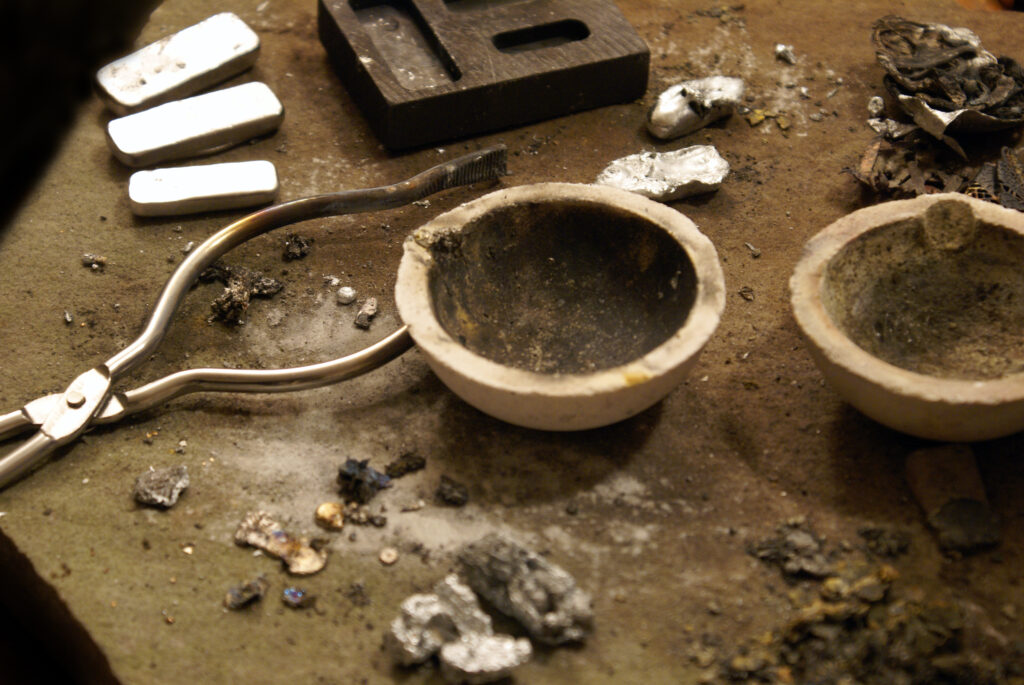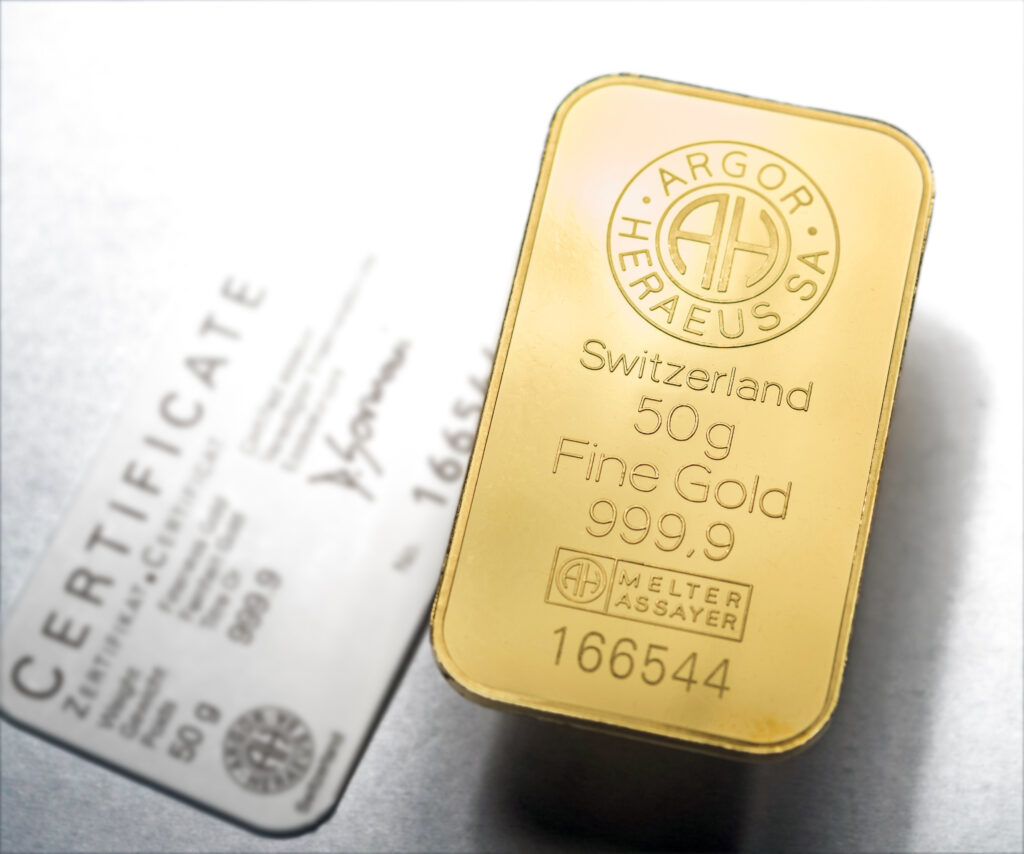
Research & Blogs

From Refiner to Vault to Investor: The Process of Moving Gold
When an investor purchases gold, it is not as simple as placing an online shopping order with the click of a button. The physical movement of gold is a multi-step secure process that guarantees safety and insurance on the investor’s purchase. How it works is, once gold is purchased, it arrives at the refiner and is then transferred to a secure vault. The investor can also choose to receive physical delivery of their gold. Keep reading to learn the journey a refined gold bar makes to ultimately end up in the hands of an investor.
From Refiner to Vault
When an investor purchases a bar of gold, they typically begin the process by contacting a commodities broker, an individual who is licensed to sell commodities like gold, oil, wheat, and more. Once gold is purchased, the broker will notify the gold refiner of the purchase, and the refiner will then deliver the correct amount of gold to a specific vault. This process varies for each refiner, however, what typically occurs, is staff from the designated vault will retrieve the gold from the refiner to bring to its designated vault. If the distance between the refiner and the vault is too far, the refiner will likely ship the gold directly to the vault.
Once the vault receives the gold from the vault, they will check to make sure the correct amount of gold has arrived. This gold will then be placed in the vault under the investor’s name, and it will remain there until the investor chooses the physical delivery of their gold. While the gold sits securely in its vault, the investor will receive reporting on their gold from both the vault and a third-party auditor.

From Vault to Investor
If the investor requests physical delivery of their gold, there are many ways to go about doing so. While entirely up to the vault, a common method of delivery is to send the gold to a commercial location during a certain window of time. The order will be canceled if the route is unsafe, if there are dangerous weather conditions, or if there are any other potential obstacles to delivery. If delivering to a commercial location is not an option, the investor may be able to pick up their gold at the vault directly or have it delivered through a postal service company, such as Federal Express.
The Chain of Custody
As gold moves from refiner to vault, it is in a chain of custody, a shield that protects an investor’s gold from being tampered with. The investor has the guarantee that their gold is insured, is not counterfeit, and has not been made illegitimate, as it remains in the hands of the trusted refiner and vault. As soon as the gold is delivered and out of the hands of the vault, it is no longer in the chain of custody. Therefore, it is the responsibility of the investor to have their gold insured and eventually assayed for purity and weight if they choose to sell it.

Conclusion
Once a customer is seamlessly onboarded to the Gilded platform, they can select the amount of gold they would like to purchase in 100-gram increments. That gold will be placed in its proper vault based on the client’s location, and it will remain in that vault unless physical delivery is requested. If the client wants physical delivery of their gold, our trusted security partners will arrange for delivery to an approved location. The gold cannot be delivered to a client’s house or other personal location to ensure that the gold remains in the secure chain of custody before it is picked up by the client.

Gold is a historically valuable asset that requires careful handling when it is moved. The process of moving gold bars from the refiner to the vault, and then from the vault to the investor, is a lengthy, but secure way to ensure the gold’s protection. The chain of command guarantees the safety and legitimacy of the gold bar that allows the gold to maintain its value as it travels to the investor.